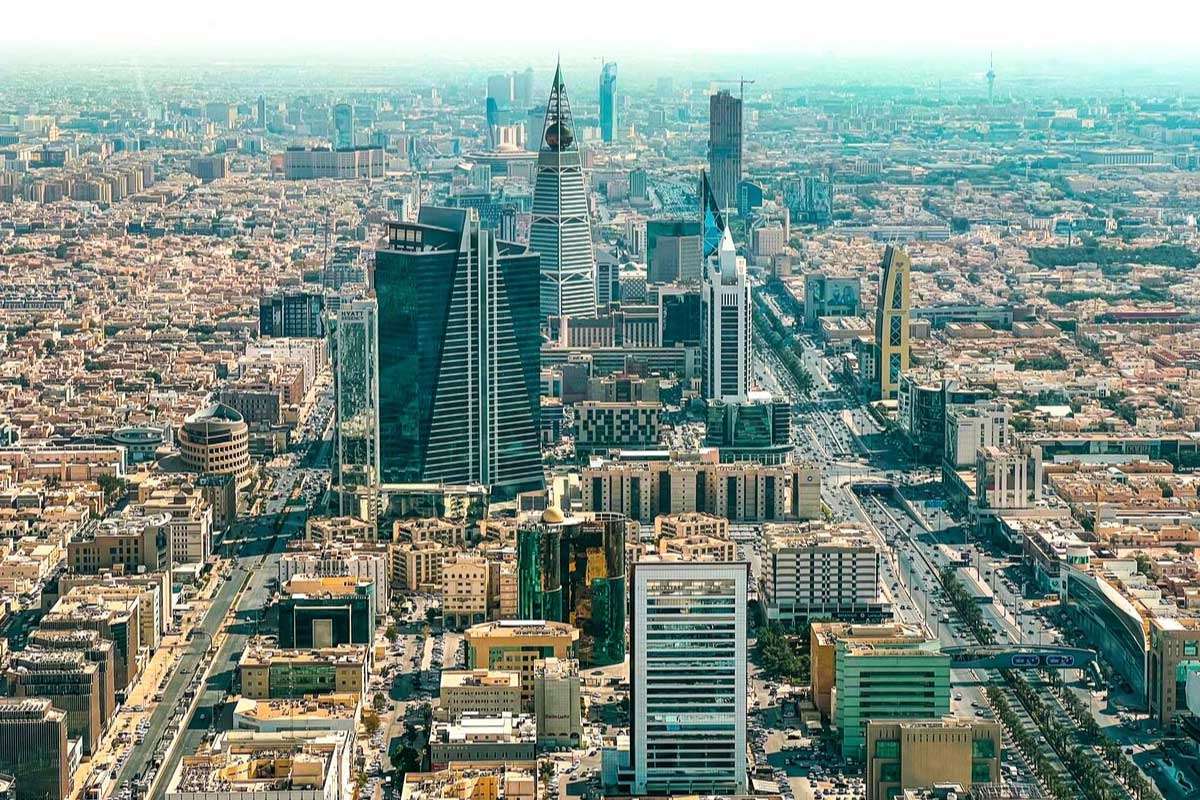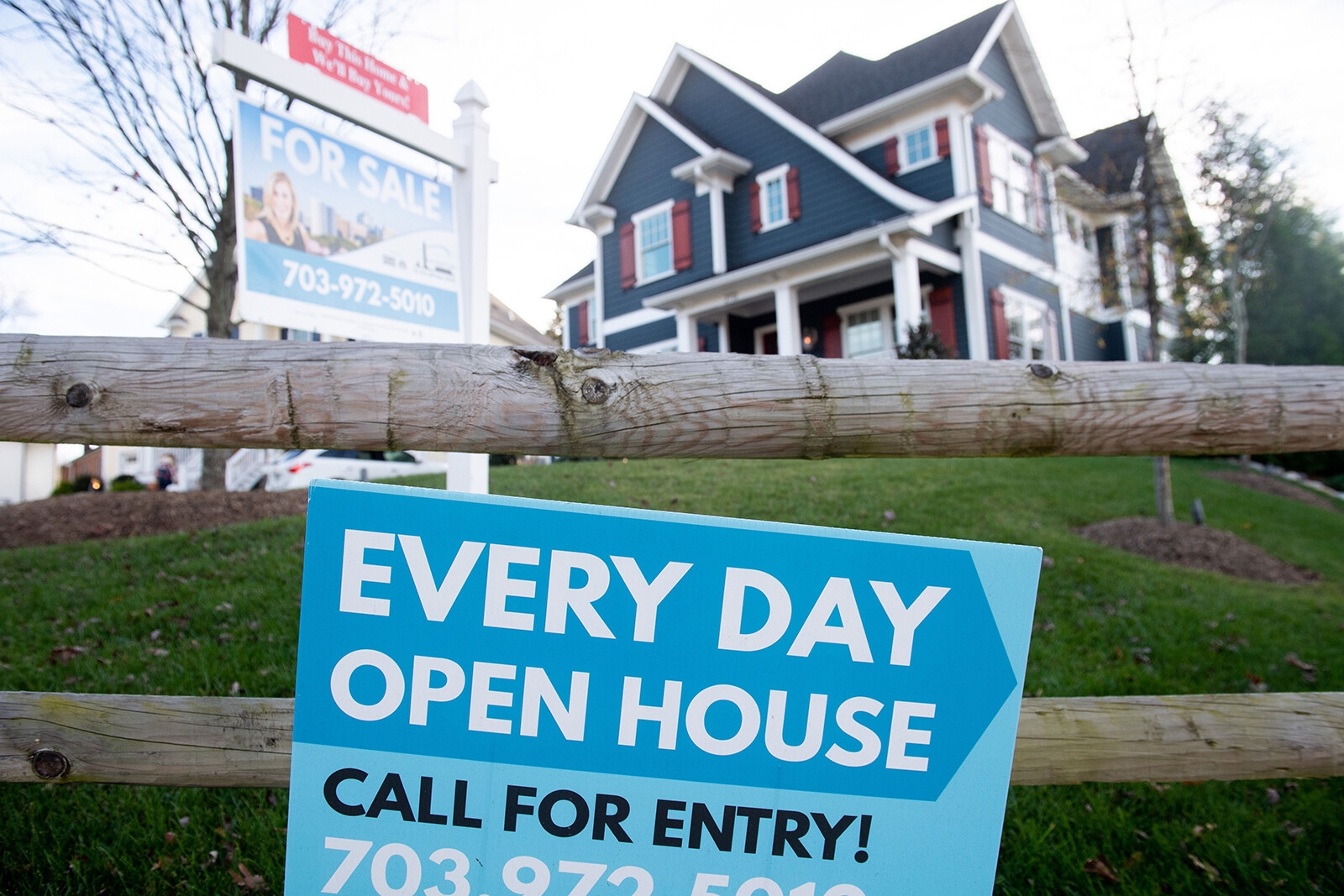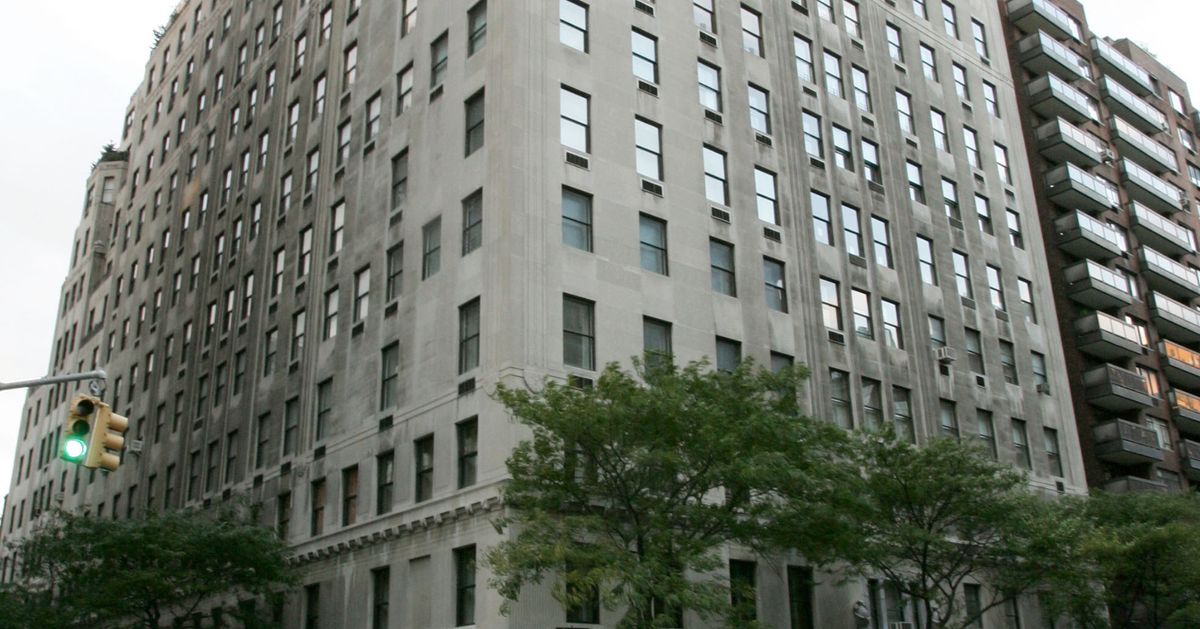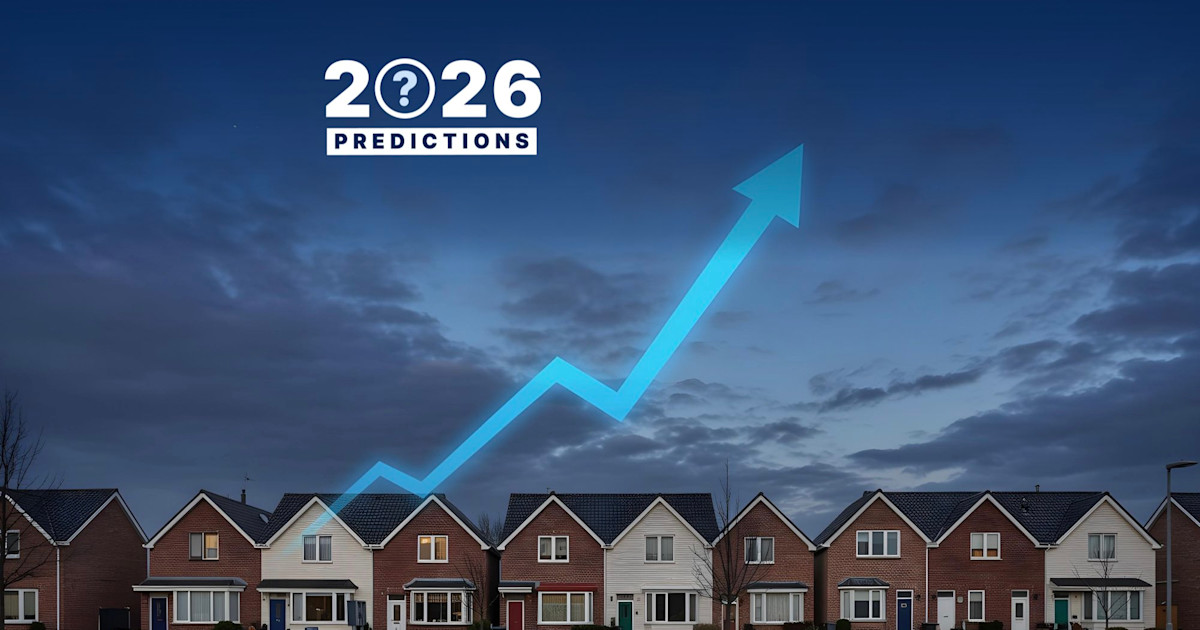T
he Gulf’s property market is booming. Dubai’s residential prices have risen double‑digit year‑over‑year, Riyadh’s office space is almost fully leased, and Doha’s skyline is dotted with new cranes. After years of global turbulence, the region has become one of the few places still building with confidence, driven by state‑backed mega projects and steady foreign capital inflows. Yet soaring prices and a surge in speculative developments have sparked whispers of a bubble, reminiscent of past boom cycles that left overbuilt skylines and vacant towers.
Despite the caution, firms like Starwood Capital are doubling down. The approval of a new Dubai office signals not only a commitment to local deals but also a recognition of a new reality: Gulf governments now expect capital raised in the region to be reinvested locally. For global real‑estate giants, establishing a presence is as much about political alignment as it is about profit. Gaining favor with Gulf leaders means supporting their diversification goals—shifting economies away from oil and turning cities into global business and tourism hubs.
Brookfield exemplifies this balancing act. Earlier this year, the Canadian investment firm pledged billions to private‑equity and infrastructure projects across the Middle East. On the surface, it was a financial bet on a fast‑growing market, but it also demonstrated reciprocity—proof that Brookfield understood the Gulf’s unwritten rule: locally raised capital should flow back into local projects. This move opened doors for others, showing that rooting oneself in the region can unlock deeper ties with sovereign funds and family offices that increasingly drive global real‑estate investment.
Other examples reinforce the trend. Trump’s new tower in Dubai and Investcorp’s partnership on Saudi Arabia’s Al Fadhili Field House illustrate how Western developers use regional projects to strengthen investor relationships. These investments are not merely about returns; they signal allegiance to Gulf governments’ long‑term vision of sustainable, globally integrated economies. In many cases, such stakes are the price of entry into the region’s vast capital networks.
The Gulf’s real‑estate surge is both hot and deep. The world’s biggest developers are not just chasing market upside—they’re chasing influence. By embedding themselves in the region’s economic transformation, they secure access to one of the few places still brimming with confidence and liquidity. Whether the bubble narrative holds true, positioning itself in this environment may prove the most valuable investment of all.














